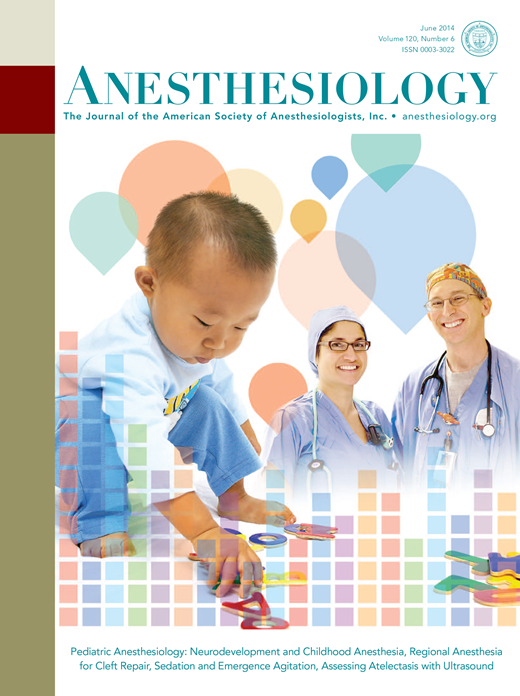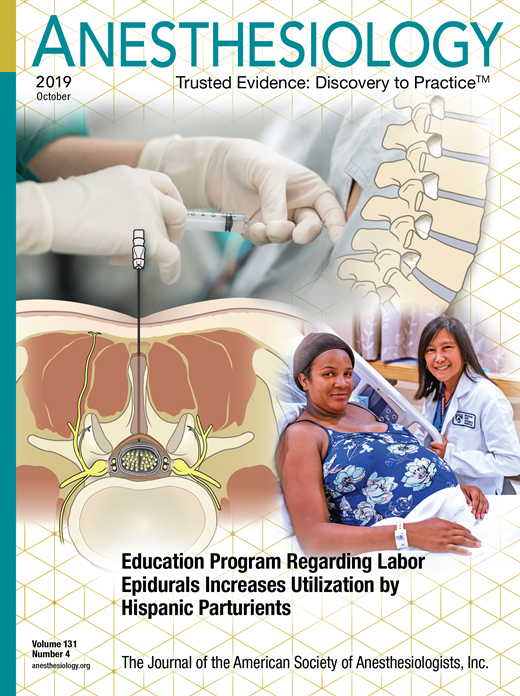SAMBA statement. I think they and
@DoctwoB make a good point.
“Procedures in class B ambulatory facilities are performed exclusively with oral or IV sedative-hypnotics and/or analgesics. These facilities typically do not stock dantrolene because no known triggers of malignant hyperthermia (ie, inhaled anesthetics and succinylcholine) are available. This article argues that, in the absence of succinylcholine, the morbidity and mortality from laryngospasm can be significant, indeed, higher than the unlikely scenario of succinylcholine-triggered malignant hyperthermia. The Society for Ambulatory Anesthesia (SAMBA) position statement for the use of succinylcholine for emergency airway management is presented.
Ambulatory or office-based facilities are classified, in general, based on the type of sedation/analgesia or anesthesia provided. Class A facilities provide for minor procedures performed under topical or local anesthesia (excluding spinal and epidural routes) without sedation. Class B facilities provide for minimally or moderately invasive surgical procedures performed with oral, parenteral, or IV sedation and/or analgesic or dissociative drugs. Class C facilities provide for major surgical procedures that require general and/or regional anesthesia. A growing number of ambulatory and office-based facilities (typically class B facilities) are performing procedures exclusively with IV anesthetics, without the availability of an anesthesia machine (ie, without inhaled anesthetics). These facilities typically do not stock dantrolene because no known triggers of malignant hyperthermia (MH) are used. Accordingly, succinylcholine is also not available, because its presence could be perceived to mandate the availability of dantrolene.1
In this article, we contend that, in the absence of succinylcholine, the morbidity and mortality from laryngospasm can be significant; indeed, higher than the unlikely scenario of succinylcholine-triggered MH. Therefore, if succinylcholine is stocked and its availability is strictly limited solely for emergency use only, the mandate for carrying dantrolene in facilities that do not have inhaled anesthetics is unnecessary and may, in fact, compromise patient safety.
LARYNGOSPASM
In an outpatient setting, respiratory or airway complications, including laryngospasm, are the predominant etiologies of emergencies.2Laryngospasm is an anesthetic emergency that, if not promptly and effectively managed, may lead to significant morbidity and mortality. The overall incidence of laryngospasm ranges between 0.1% and 5%, depending on the surgical procedure, patient’s age, preexisting conditions, and anesthetic technique.3–7 In an observational trial of 136,929 patients, Olsson and Hallen8 found an incidence of 8.6/1000 (0.86%) in adults and 27.6/1000 (2.76%) in children. Another study reported an incidence of laryngospasm of 189 cases/4000 (4.7%) patients.3 Of note, one can safely assume that the incidence of laryngospasm is most likely underreported.
Initial treatment of laryngospasm includes cessation of stimulation by removing any triggering factor, administration of 100% oxygen, and relieving any supraglottic component of airway obstruction by applying jaw thrust/chin lift and continuous positive airway pressure. In addition, the depth of anesthesia may be deepened with an IV anesthetic (ie, propofol). Of note, administration of low-dose (20–30 mg, IV) succinylcholine is widely accepted as the most effective treatment for laryngospasm refractory to conservative management.3 It is reported that approximately 25% to 50% of such cases receive succinylcholine.5Delay in using succinylcholine can be associated with significant hypoxia.
MALIGNANT HYPERTHERMIA
The incidence of MH in the outpatient setting is estimated to be 0.18/100,000 to 0.31/100,000.9–11Given the potential lethality of MH and the difficulty in screening for it, the Malignant Hyperthermia Association of the United States (MHAUS) recommends that dantrolene be stocked at ambulatory surgical centers where triggering agents (ie, inhaled anesthetics and succinylcholine) are used.1 Although stocking dantrolene in an ambulatory surgery center is reported to be cost-effective, most class B facilities decline to stock it because of high carrying cost.10Most of these facilities, therefore, do not stock succinylcholine, because it is considered as a MH trigger.
The triggers for MH include inhaled anesthetics and succinylcholine. The combination of both an inhaled anesthetic and succinylcholine is considered to be the most potent trigger of MH.12–15 However, succinylcholine as the sole trigger of life-threatening MH remains controversial.12–15Several multicenter studies have found that succinylcholine was the sole trigger of MH in only 0.7% to 1% of cases.14,16 Thus, the incidence of MH with the use of succinylcholine alone would be approximately 1% of the overall incidence of MH in an ambulatory setting. Therefore, although addition of succinylcholine to inhaled anesthetic accelerates the onset and potentiates the severity of MH, the likelihood of isolated succinylcholine-induced MH appears to be extremely low. In addition, to our knowledge, there are no reported cases of MH after administration of low doses of succinylcholine.
Since 2000, the Florida Board of Medicine has required succinylcholine in level II offices (these facilities do not stock inhaled anesthetics similar to class B facilities) without concomitantly mandating dantrolene.17 There have been no reported cases of MH. In addition, for several years, the American Association for Accreditation of Ambulatory Surgery Facilities (AAAASF) has allowed its accredited facilities that do not have inhaled anesthetics to stock succinylcholine for emergency airway rescue without requiring the availability of dantrolene.18
High-dose rocuronium with sugammadex reversal has been recommended as an alternative to succinylcholine19; however, clinical experience with this approach is limited. Furthermore, a recent analysis suggested that rescue reversal of rocuronium with sugammadex might not provide immediate return to spontaneous ventilation in the “cannot intubate, cannot ventilate” situation.20
Table 1.:
Protocol for Use of Succinylcholine for Emergency Airway Rescue (Society for Ambulatory Anesthesia [SAMBA] and American Society of Anesthesiologists [ASA] Ambulatory Surgical Care Committee)
In summary, laryngospasm is a common anesthetic emergency that can lead to significant morbidity and mortality. Given that the prevalence of laryngospasm leading to morbidity and mortality is significantly higher than MH, it is necessary to reassess the mandate that dantrolene be available when succinylcholine is stocked only for emergency use. The Society for Ambulatory Anesthesia (SAMBA) and the American Society of Anesthesiologists (ASA) Ambulatory Surgical Care Committee have proposed a protocol for the use of succinylcholine for emergency airway management (Table 1).”


